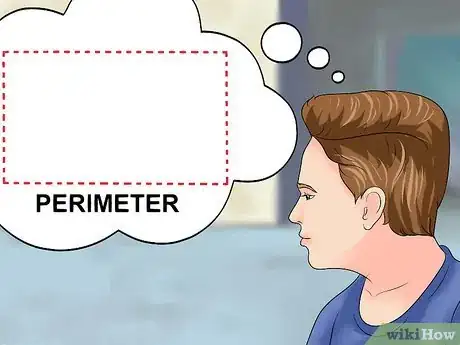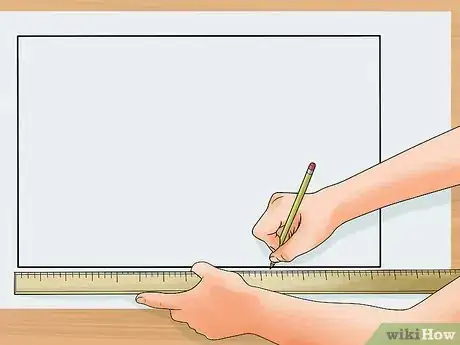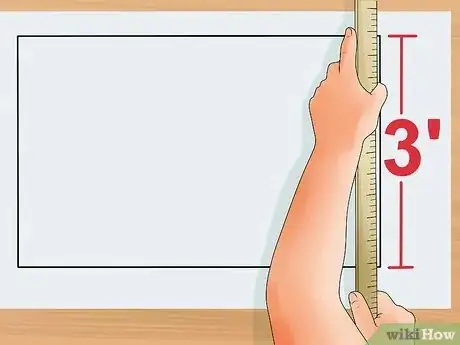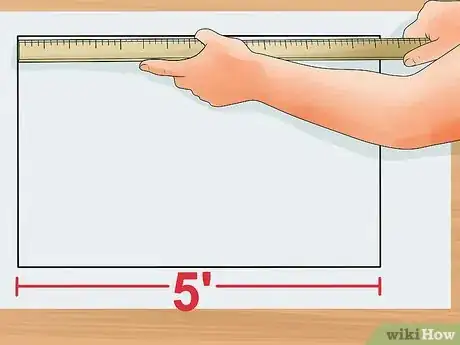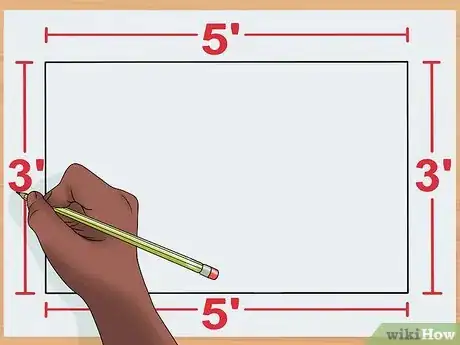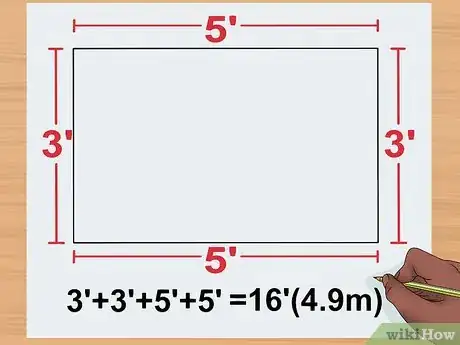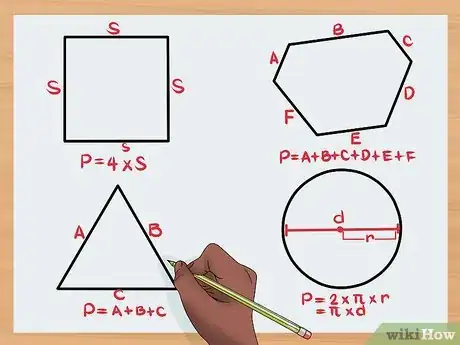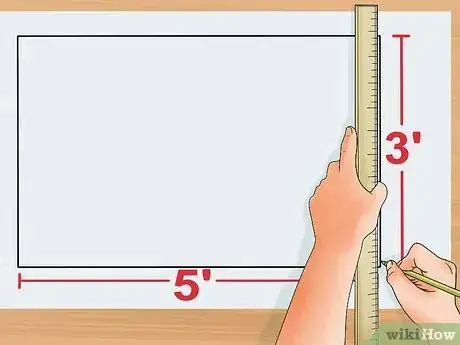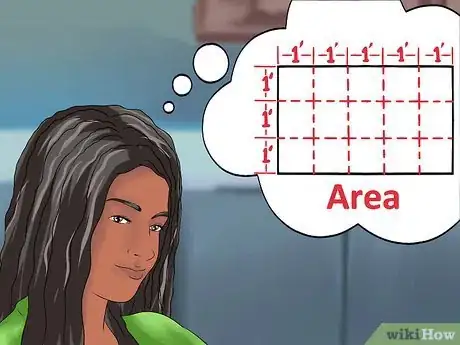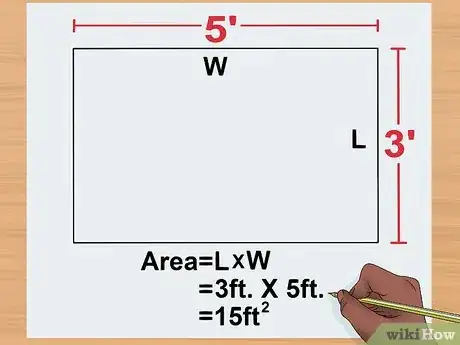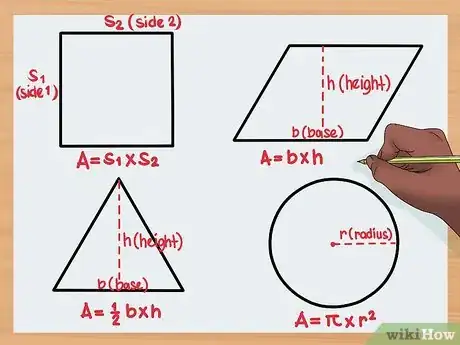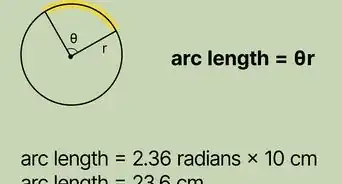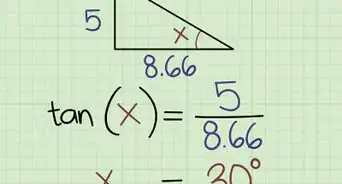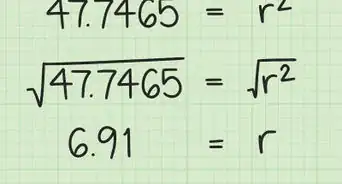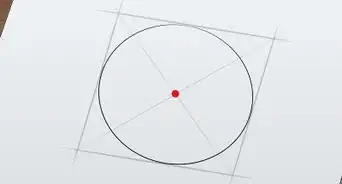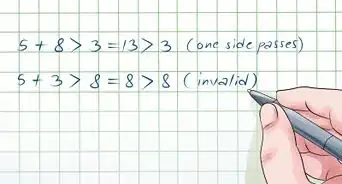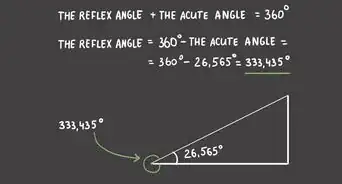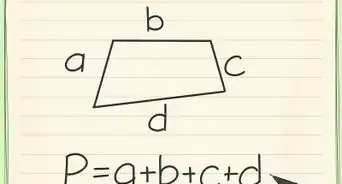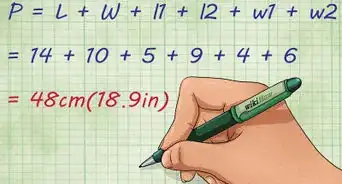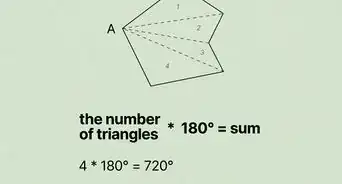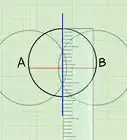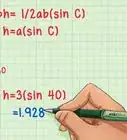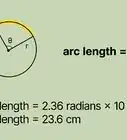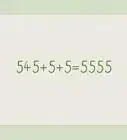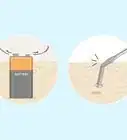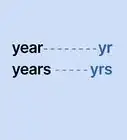This article was co-authored by David Jia. David Jia is an Academic Tutor and the Founder of LA Math Tutoring, a private tutoring company based in Los Angeles, California. With over 10 years of teaching experience, David works with students of all ages and grades in various subjects, as well as college admissions counseling and test preparation for the SAT, ACT, ISEE, and more. After attaining a perfect 800 math score and a 690 English score on the SAT, David was awarded the Dickinson Scholarship from the University of Miami, where he graduated with a Bachelor’s degree in Business Administration. Additionally, David has worked as an instructor for online videos for textbook companies such as Larson Texts, Big Ideas Learning, and Big Ideas Math.
There are 13 references cited in this article, which can be found at the bottom of the page.
This article has been viewed 285,788 times.
The perimeter is the length of the entire outside boundary of a polygon, and the area is the measure of the space that fills the polygon boundary.[1] The area and perimeter are extremely useful measurements that can be used in household projects, construction, DIY projects, and in the estimation of materials you might use.[2] For example, the simple act of painting a room requires knowing how much paint you will need or, in other words, how much area the paint will cover. The same can be said when plotting a garden, building a fence, or doing various other chores at home.[3] In these situations, you can use area and perimeter to save time and money when purchasing materials.
Steps
Finding Perimeter
-
1Determine the shape you want to measure. Perimeter is the outside boundary around a closed geometric figure, and different shapes will require different approaches. If the shape that you want to find the perimeter of is not a closed shape, the perimeter cannot be taken.
- If this is the first time you are calculating perimeter, try a rectangle or a square. These regular shapes will make finding the perimeter easier.
-
2Draw a rectangle on a piece of paper. You will use this rectangle as a practice shape and will find its perimeter. Make sure that the opposite sides of your rectangle are the same length.[4]Advertisement
-
3Find the length of one side of your rectangle. You can do this with a ruler, measuring tape, or by making up your own example. Write down this number by the side it represents so you don't forget its length. As a guided example, imagine that the length of one side of your rectangle is 3 feet.
- For small shapes you may want to use centimeters or inches, while feet, meters or miles will work better for larger perimeters.
- Since the opposite sides of rectangles are equal, you will only have to measure one of each set of opposing sides.[5]
-
4Find the width of one side of your rectangle. You can measure the width with a ruler, measuring tape, or by creating your own example. Write down the value for your width next to the horizontal side of your rectangle it represents.
- Continuing with the guided example, imagine that in addition to a length of 3 feet, that the width of your rectangle is 5 feet.
-
5Write down the correct measurements on the opposing sides of your rectangle. Rectangles have four sides, but the length of opposite sides will be the same.[6] This is also true for your rectangle's width. Add the length and width used in the guided example (3 feet and 5 feet respectively) to the opposite sides of your rectangle.
-
6Add all your sides together. One a piece of scratch paper, or on the paper you have written the guided example, write: length + length + width + width.[7]
- So, for the guided example, you would add 3 + 3 + 5 + 5 to get a perimeter of 16 feet (4.9 m).[8]
- You can also use the formula 2(length + width) for rectangles, since the length and width values are doubled. In our example you would multiply 2 by 8 to get 16 feet (4.9 m).
-
7Adjust your approach for different shapes. Unfortunately, different shapes will require different formula for you to solve for perimeter. In real life examples, you can measure the outside boundary of any closed geometric shape to find its perimeter measurement. But you can also use the following formulas to find the perimeters of other common shapes:
- Square: length of any side x 4
- Triangle: side 1 + side 2 + side 3
- Irregular polygon: add all sides
- Circle: 2 x π x radius OR π x diameter.[9]
- The π symbol stands for Pi (pronounced like pie). If you have a π key on your calculator, you can use it to be more accurate when using this formula. If not, you can approximate the value of π as 3.14.[10]
- The term "radius" refers to the distance between the center of a circle and its outside boundary (perimeter), while "diameter" refers to the length between any two opposite points on the perimeter of a circle that pass through the circle's center.[11] [12]
Finding Area
-
1Determine the dimensions of your shape. Draw a rectangle or use the same rectangle you drew while finding perimeter. In this guided example, you will be using the height and the width of your rectangle to find the area.
- You can use a ruler, measuring tape, or come up with your own example. For the purposes of this guided example, the length and width will be the same as the previous example used to find perimeter: 3 and 5, respectively.
-
2Understand the true meaning of area. The area is all of the surface inside the perimeter of your shape.[13] The area can be smaller or larger than the perimeter depending on the shape.
- You can divide your diagram into one-unit (feet, cm, miles) segments vertically and horizontally if you want to visualize how the area measurement will look.
-
3Multiply the length of your rectangle by the width. For the guided example, you will multiply 3 by 5 to get an area of 15 square feet. The unit of measure for area should always be written in square units (square miles, square yards, etc.).
- You can write the "square units/units squared" notation shorthand as:
- Feet²/ft²
- Miles²/mi²
- Kilometers²/km²
- You can write the "square units/units squared" notation shorthand as:
-
4Change your formula according to shape. Unfortunately, different geometric shapes will require you to take a different approach to solve for area. You can use the following formulas for finding the area of some common shapes:
- Parallelogram: base x height
- Square: side 1 x side 2
- Triangle: ½ x base x height.
- Some mathematicians use the notation: A=½bh.
- Circle: π x radius²
Expert Q&A
Did you know you can get expert answers for this article?
Unlock expert answers by supporting wikiHow
-
QuestionWhat's the difference between area and perimeter?
 David JiaDavid Jia is an Academic Tutor and the Founder of LA Math Tutoring, a private tutoring company based in Los Angeles, California. With over 10 years of teaching experience, David works with students of all ages and grades in various subjects, as well as college admissions counseling and test preparation for the SAT, ACT, ISEE, and more. After attaining a perfect 800 math score and a 690 English score on the SAT, David was awarded the Dickinson Scholarship from the University of Miami, where he graduated with a Bachelor’s degree in Business Administration. Additionally, David has worked as an instructor for online videos for textbook companies such as Larson Texts, Big Ideas Learning, and Big Ideas Math.
David JiaDavid Jia is an Academic Tutor and the Founder of LA Math Tutoring, a private tutoring company based in Los Angeles, California. With over 10 years of teaching experience, David works with students of all ages and grades in various subjects, as well as college admissions counseling and test preparation for the SAT, ACT, ISEE, and more. After attaining a perfect 800 math score and a 690 English score on the SAT, David was awarded the Dickinson Scholarship from the University of Miami, where he graduated with a Bachelor’s degree in Business Administration. Additionally, David has worked as an instructor for online videos for textbook companies such as Larson Texts, Big Ideas Learning, and Big Ideas Math.
Academic Tutor The perimeter of a shape is the total distance of the length of the lines that create the border and the area is the total amount of surface the shape takes up in a two-dimension plane. An easy way to remember it is that the perimeter is the length of the fencing you would need to surround your yard, while the area is how much grass you'd need to completely cover it.
The perimeter of a shape is the total distance of the length of the lines that create the border and the area is the total amount of surface the shape takes up in a two-dimension plane. An easy way to remember it is that the perimeter is the length of the fencing you would need to surround your yard, while the area is how much grass you'd need to completely cover it. -
QuestionCan area be calculated just from perimeter?
 Community AnswerNo. You could compute area from perimeter and shape, but not from perimeter alone.
Community AnswerNo. You could compute area from perimeter and shape, but not from perimeter alone. -
QuestionWhich process would you use to obtain the area and perimeter of a particular room?
 DonaganTop AnswererAssuming the room is square or rectangular, you would measure the length and width. Multiply the length by the width to get the area, and add twice the length to twice the width to get the perimeter.
DonaganTop AnswererAssuming the room is square or rectangular, you would measure the length and width. Multiply the length by the width to get the area, and add twice the length to twice the width to get the perimeter.
Things You'll Need
- Paper
- Pencil
- Calculator (optional)
- Measuring tape (optional)
- Ruler (optional)
References
- ↑ http://www.diffen.com/difference/Area_vs_Perimeter
- ↑ https://byjus.com/maths/applications-of-area-and-perimeter/
- ↑ http://www.teach-nology.com/teachers/subject_matter/math/geometry/
- ↑ https://www.mathsisfun.com/definitions/rectangle.html
- ↑ https://www.splashlearn.com/math-vocabulary/geometry/perimeter-of-a-rectangle
- ↑ https://www.mometrix.com/academy/calculating-the-perimeter-of-rectangles/
- ↑ David Jia. Academic Tutor. Expert Interview. 14 January 2021.
- ↑ https://www.khanacademy.org/math/geometry/basic-geometry/perimeter_area_tutorial/v/perimeter-and-area-basics
- ↑ http://perimeterofacircle.com/
- ↑ http://www.mathopenref.com/pi.html
- ↑ http://www.mathopenref.com/radius.html
- ↑ http://www.mathopenref.com/diameter.html
- ↑ David Jia. Academic Tutor. Expert Interview. 14 January 2021.
- ↑ http://www.mathopenref.com/radius.html
- ↑ https://www.mathsisfun.com/definitions/square-number.html
About This Article
Finding the area and perimeter of a shape can be extremely useful not only in math, but for household projects, construction, and DIY projects. The perimeter is the length of the entire outside boundary of a polygon, and the area is the measure of the space that fills the boundaries of a polygon. To measure the perimeter of a rectangle, you will want to measure each side of the rectangle. We can use a rectangle on a piece of paper as an example. Find the length of one side of your rectangle. You can do this with a ruler, measuring tape, or by making up your own example. Write down this number by the side it represents so you don't forget its length. In this example, we found the length of the rectangle to be 3 feet or 92 centimeters. Then, find the width of one side of your rectangle. Write down the value for your width next to the horizontal side of your rectangle it represents. In this example, we found the length of the rectangle to be 5 feet or 152 centimeters. Write down the correct measurements on the opposing sides of your rectangle. Rectangles have four sides, but the length of opposite sides will be the same. Add all your sides together. One a piece of scratch paper, or on the paper you have written the guided example, write: length + length + width + width. So, for the guided example, you would add 3 + 3 + 5 + 5 to get a perimeter of 16 feet (4.9 m). Here are the formulas for other common shapes: Square: length of any side x 4 Triangle: side 1 + side 2 + side 3 Irregular polygon: add all sides Circle: 2 x π x radius OR π x diameter To find the area of a rectangle, you will start by finding the dimensions of your shape. We will use the rectangle from the previous example. This rectangle is 3 feet (92 cm) by 5 feet (152 cm). Multiply the length of your rectangle by the width to get the area. The final answer will be written in square units. You will want to change your formula according to shape. Unfortunately, different geometric shapes will require you to take a different approach to solve for area. You can use the following formulas for finding the area of some common shapes: Parallelogram: base x height Square: side 1 x side 2 Triangle: ½ x base x height. Circle: π x radius² That is how you can find the area and perimeter of common shapes. Keep reading to learn the formulas for finding the area of different shapes!
